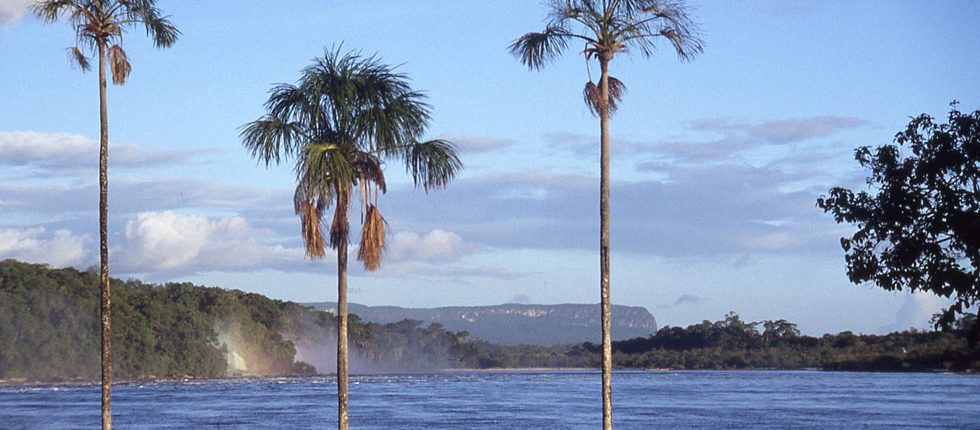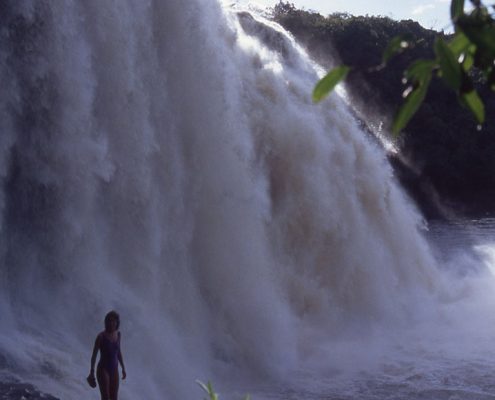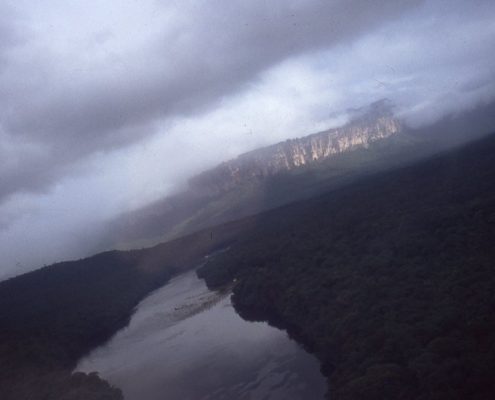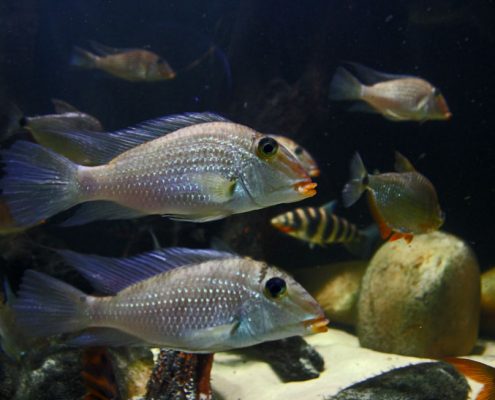Venezuela
Top tip: Watch where you step… night time soldier ants
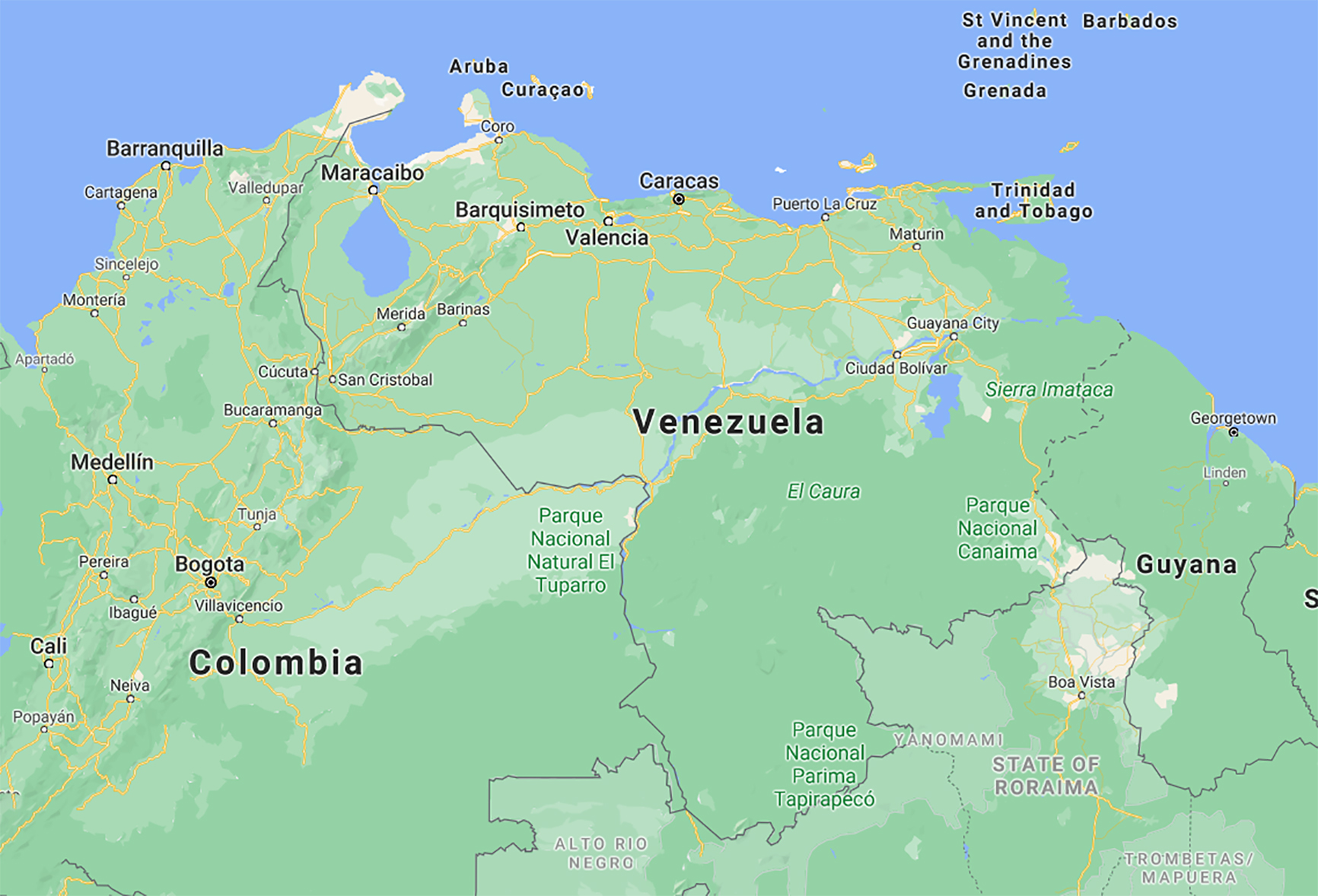
Geography
Venezuela is bordered by the Caribbean in the north, Guyana and the Atlantic Ocean to the east, Colombia in the west and finally Brazil borders to the south. The country is divided into four distinctive regions: the Venezuelan Highlands situated in the west, the Maracaibo Lowlands in the north, the huge central plain of the Llanos and lastly the Guiana Highlands, which cover about half of the country.
The climate in Venezuela varies according to altitude. Lowland areas are tropical. The dry season extends from December to April and the rainy season from May to December. During these latter months, there is the possibility of flooding in low-lying regions, such as the Llanos. Some areas of Venezuela, including Caracas and the eastern part of Sucre, experience seismic activity, although there have been no serious earthquakes for many years. The best time to visit is between January and April.
Facts and Figures
| Area | 916,445 sq km (353,841 sq miles). |
|---|---|
| Population | 29,105,632 (2010 estimate) |
| Capital | Caracas – population 1,815,679 (2009) |
| Language | Spanish is the official language. English, French, German and Portuguese are also spoken by some sections of the community. |
| Religion | 86 per cent Roman Catholic. |
| Time | GMT – 4. |
Highlights
The discovery of oil in 1917 turned the relatively small and peaceful town of Caracas, with its colonial buildings, into a much busier more significant city. The most rewarding view over the city is from the top of Mount Avila. Caracas’s main attractions include The Casa Natal del Libertador, a reconstruction of Bolivar’s birth place, the Museo Bolivariano, offering exhibits of historical interest from the wars of liberation. Jardin Botanico, Parque Nacional del Este and Parque Los Caobos are all excellent places to enjoy the more peaceful side of Caracas, and both the Museo de Bellas Artes and the Museo de Arte Contemporaneo are well worth a visit.
Outside of Caracas, highlights include the Morrocoy National Park, in the Caribbean, with its abundance of sandy beaches, clear lagoons, tropical islands, interesting caves and mango-lined bays. The Canaima National Park, located 500 miles southeast of Caracas in the heart of Venezuela’s Grand Sabana, is the biggest park in Venezuela and home of the world’s highest waterfall Angel Falls. Here you will find mesetas or tepuis (high steep sided rock plateaus springing out from the forest floors like huge honeycomb mountains, powerful rivers and thick rainforest, all combining to give some of the most exciting jungle scenery in the world.
Merida, in the Andes mountains is the perfect base from which to explore the mountains whether on a trek or in the highest cable car in the world. The dense and tangled foliage of the Amazon jungle is intersected by small rivers which can only be crossed on handmade wooden bridges originally built by the local Indians. The area offers not only breathtaking scenery but excellent opportunities for swimming in lagoons. Large rock formations, dating back to the Quaternary Period of the Pre-Cambrian Era, form the famous Guayana massif which characterises the savannah.
Venezuela exhibits spectacular contrasts between fast growing urban centres and majestic countryside, comprising some of the most diverse terrain in South America; impenetrable rain-forests, silt laden rivers and strange honeycomb shaped mountain formations that rise up high above the dense jungle, untouched for thousands of years. Take a flight over the world’s highest waterfall and a boat trip down Orinoco river. Laze on a pristine Caribbean beach and gorge on exotic tropical fruit. Go trekking in the Andes and swim in a blue lagoon. See caimans, capybaras, piranhas and anacondas in the rainforest, chat politics and dance salsa in the frenzied capital, and as soon as you get home you’ll find yourself planning your next trip.
History
The Spanish were the first settlers in Venezuela, originally searching for gold, but their yields were so small that they turned to farming along the coast and central highlands. The majority stayed in these areas, explaining the lack of development and population in the southern part of the country.
Apart from a number of brief rebellions against the colonial rule Venezuela has experienced a rather uneventful history. The pace sped up in the 19th century with the arrival of Latin America’s greatest ever cult figure Simon Bolivar who ended colonial rule throughout the area down to Argentina. After Francisco Miranda had initially set the revolution in motion in 1806 Bolivar set up base in the southern town of Ciudad Bolivar (originally know as Angostura) near the Angel Falls area. Over 5,000 British ex-Peninsula War veterans were recruited from London as mercenaries to help the cause against the Spanish. After marching over the Andes to defeat the Spanish at Vargas and Boyaca Bolivar completed the freeing of Venezuela with another victory at Caraboba in 1821. The taste of democracy spread in the surrounding area as Bolivar and his right hand man Sucre went on the liberate Ecuador, Peru and Bolivia.
The fight for freedom had been an expensive one – a quarter of the population had died and squabbling between the parties Bolivar had hoped to unify into ‘Gran Colombia’ split the area into four separate countries; Venezuela, Colombia, Ecuador and Panama. Venezuela was to experience decades of internal strife, anarchy and despotism. The economy became a hopeless mess and corruption exceeded to greater heights than anywhere else in South America. Finally, oil was discovered in 1917.
The dictatorship of Juan Vicente Gomez, who came to power just before the discovery of oil in Venezuela, lasted 27 years. He was regarded as one of the most brutal men in South America’s history; he had no formal education and started his adult days as a cattle hand before becoming a successful landowner and entering politics. Corrupt and skilled at negotiating, he creamed off millions from the Venezuelan economy for his personal fortune. He did however pay off the whole of the country’s foreign debt allowing it once again to become an attractive country for investment. Little of the oil-wealth filtered down to the everyday man in the street as the vast majority of the country lived in poverty with very little health or education facilities. When Gomez did finally die the country went on the rampage destroying anything that had belonged to him and his associates, even threatening to set fire to the oil installations. A short power struggle followed ending in a civilian government taking control headed by Betancourt the founder of the left-wing Accion Democratica in 1945.
Betancourt seemed to try and move Venezuela toward a welfare state too quickly alienating himself from a number of his most loyal supporters at the same time, the result being that he was ousted by Colonel Perez Jimenez after an inevitable coup. Jimenez was a ruthless leader who managed to crush all opposition to his rule. When he was finally ousted from power by a coalition of civilians and junior military officers he was re-elected in the following elections!
Politics have been dominated until recently by President Hugo Chávez. His death on the 5th March 2013 ended a 14 year presidency. Always a controversial figure, as a result of the 1992 coup attempt and his courting such Heads of State as Iraq’s Saddam Hussein and Cuba’s Fidel Castro, Chávez has attracted powerful enemies both inside and outside Venezuela. With his brand of revolutionary socialism, Chávez antagonized three US administrations as he cozied up to the world’s most isolated regimes including Cuba, Iran and Syria.
His policies have effectively polarised the population: Venezuelans either love him or hate him. Celebrating a decade in power in 2009, Chávez won broad acceptance from the masses of Venezuela’s poor for his implementation of ‘twenty-first century socialism’, while further alienating the far less populous elite sector. Despite attempts by the opposition to depose him, Chávez remained a formidable political force.
On the 14th April Venezuelans went to the polls and elected Hugo Chávez’s former foreign minister and vice-president, Nicolas Maduro, president. The man he beat was Henrique Capriles Radonski, Chávez’s unsuccessful challenger in the most recent presidential election. However it was a close race, closer than many thought it would be. Maduro had been named by Chávez as his preferred replacement.
Today Venezuela is a country that has high rates of inflation, sky-high crime, scarcity of goods, a fiscal deficit and a decaying infrastructure.
Interested in Venezuela? Call +44 (0)20 7604 4408 for expert holiday advice

